
On May 29, 12 Russian servicemen were awarded 15 million rubles (approximately $195,000) for their role in destroying the first F-16 fighter jet supplied to Ukraine by the United States in the ongoing conflict.
The Russian state news agency TASS quoted a statement from the sponsoring company Fores, saying that the ceremony took place in an area near the border with the war zone, with the participation of Russian military commanders.
The reward follows an earlier commitment by Fores to encourage the Russian military to target advanced Western-supplied military hardware. The downing of the F-16 marked a significant turning point in the war, demonstrating Russia’s continued efforts to counter Ukraine’s growing air force capabilities, as well as the broader geopolitical implications of Western military aid.
The promise of a 15 million ruble reward for the first F-16 downed in a combat zone was first announced by Sergei Shmotyev, CEO of Fores, at the St. Petersburg International Economic Forum in June 2024. Shmotyev also highlighted Fores’ history of offering financial rewards for the destruction of other Western equipment, including tanks.
According to TASS, in December 2024, Mr. Shmotyev once again reaffirmed the company's commitment to the reward for shooting down the F-16, demonstrating the intention to increase the morale and combat effectiveness of the Russian Federation's army in dealing with advanced Western technology.
Fores has previously offered bounties for destroying Western tanks such as the German Leopard 2 and the US M1 Abrams, with rewards ranging from 5 to 10 million rubles each, depending on the strategic value of the target.
According to Fores' statement to TASS, since the Russia-Ukraine conflict began in February 2022, the company has spent a total of 237.7 million rubles (approximately $2.9 million) to support the Russian Federation's forces, including funds for equipment, communications equipment, electronic warfare systems, night vision devices, medical supplies and evacuation vehicles.
The military website bulgarianmilitary.com said that detailed information about the downing of the Ukrainian F-16 is still limited, as neither the Russian nor Ukrainian authorities have released full reports on the incident. According to TASS, the F-16 was destroyed in a combat zone, but the location and specific circumstances were not disclosed.
Russian military sources, quoted by TASS, said that the plane was destroyed by a combination of ground-based air defense systems – possibly advanced air defense missile complexes such as the S-400 or Buk-M3, which are capable of intercepting fast-flying and high-altitude targets.
The operation reportedly involved 12 servicemen, who were credited with tracking, locking on to, and destroying the aircraft. Ukraine has confirmed the loss of one F-16.
The downing of the F-16 highlights a larger issue: the role of advanced Western hardware in the conflict in Ukraine. Since 2022, the US-led North Atlantic Treaty Organization (NATO) countries have provided Ukraine with billions of dollars in military aid, including tanks, artillery and air defense systems. The F-16, an advanced multirole fighter, represents a significant escalation in Western support aimed at boosting Ukraine’s air-to-air capabilities against Russia.
However, the event also highlights the challenges Ukraine faces in integrating and protecting these high-value assets against Russia’s extensive air defenses. It also has major psychological and strategic implications, as Russia seeks to demonstrate its ability to counter Western technology.
For Ukraine, the loss of a single F-16 is a major blow. The country has received only a limited number of these aircraft from NATO allies such as the Netherlands, Denmark and Belgium.
Each F-16 is a critical asset for conducting precision strikes, intercepting Russian aircraft, and supporting ground operations. The loss of one aircraft, while not decisive, could degrade Ukraine’s already limited air combat capabilities and raise questions about the ability of Western aircraft to operate in a hostile environment.
Ukrainian pilots, most of whom received intensive training in NATO countries, are facing the challenge of flying F-16s surrounded by a multi-layered Russian air defense network, including long-range missiles and electronic warfare systems capable of disrupting NATO-standard technology.
The downing of the F-16 is part of a trend in which Russia has become increasingly better at countering Western military hardware. In the early stages of the conflict, Russia struggled against advanced systems such as the German Leopard 2 tank, the British Challenger 2, the American M1 Abrams, and the Anglo-French Storm Shadow cruise missile.
For example, the Leopard 2, delivered to Ukraine in early 2023, initially showed great power thanks to its modern armor and fire control system. However, the Russian Federation quickly adjusted by deploying Kornet anti-tank missiles and unmanned aerial vehicle (UAV) guided artillery. According to the Russian Ministry of Defense, the first Leopard 2 was destroyed in June 2023.
Similarly, according to open-source intelligence analysts on the social media account X, the Challenger 2 tank – known for its heavy armor – has struggled against minefields and the Russian Federation’s Lancet UAV, with the first loss confirmed in September 2023.
Meanwhile, M1 Abrams tanks delivered in late 2023 were also targeted by the Russian Federation with UAVs and guided missiles, with the first kill announced by Russian media in February 2024.
The Storm Shadow, a stealth cruise missile, was initially difficult to intercept. But the Russian Federation has developed electronic warfare systems to jam GPS guidance, and according to TASS, the first interception is expected in May 2023.
These examples show that the Russian Federation has adapted through technological upgrades, tactical changes, and the integration of drones and electronic warfare to counter Western weapons.
The F-16 is a mainstay of Western air forces, a multi-role fighter designed by General Dynamics (now Lockheed Martin) since the 1970s. With more than 4,500 produced and operated by more than 25 countries, the F-16 remains one of the most modern and versatile fighter aircraft in the world.
The F-16s supplied to Ukraine are likely to be Block 50/52 or Block 70/72 models, with advanced avionics, modern radars and the ability to integrate a wide range of weapons. The aircraft uses a single engine – either a Pratt & Whitney F100 or a General Electric F110, giving it a top speed of Mach 2 and a combat radius of about 550 km.
Ukrainian F-16s are equipped with battlefield-appropriate weapons, including AIM-120 AMRAAM air-to-air missiles, AGM-88 HARM anti-radar missiles, and precision-guided bombs such as the GBU-39 Small Diameter Bomb to attack ground targets.
They also carry electronic defense systems such as heat traps and radar decoys to counter missiles.
Compared to its Russian counterpart, the Su-35, the F-16 has advantages in maneuverability and avionics, but is inferior in firepower, making the aircraft more dependent on pilot skill and tactical support.
Ukrainian F-16s are also equipped with NATO standard communications systems, allowing coordination with Western intelligence and AWACS early warning aircraft.
While the F-16 is very agile, its survivability is still threatened by Russian air defense systems such as the S-400, which has a range of up to 400 km and can destroy multiple targets at once.
The Russian Federation also deployed MiG-31 fighters equipped with R-37M missiles with a range of nearly 320 km, posing a serious threat to the F-16. Integrating these systems with electronic warfare means such as the Krasukha-4 further complicates the defense of Ukraine’s F-16s. If the F-16 downing is confirmed, it would indicate that Ukraine needs to increase training, maintenance, and protection measures to maintain air operations.
In the broader context, the F-16’s destruction highlights the escalating military technology race in the Ukraine conflict. The Russian Federation’s ability to destroy Western hardware reflects the results of its military modernization since the 2008 war in Georgia, with an emphasis on air defense, electronic warfare, and precision strikes.
Meanwhile, Ukraine relies on Western support to close the gap with Russia. But with a limited number of F-16s—less than 50 by early 2025, according to defense analysts—its ability to gain air superiority remains fragile. The loss of a single F-16, while not decisive, could have an impact on Ukraine’s morale and operational planning, especially as it seeks to counter Russian glide bombs and missiles.
Historically, the F-16 downing is similar to previous times the Russian Federation has adapted to Western technology – from the Leopard 2, Challenger 2, Abrams to the Storm Shadow – by developing new tactics, new weapons like the Lancet UAV and upgraded missile systems.
This trend suggests that while the loss of the F-16s is a loss for Ukraine, it may prompt the West to provide more aid, including new aircraft or stronger air defense systems to counter the capabilities of the Russian Federation.
The loss of the F-16 also raises questions about the sustainability of Western military aid in a protracted war. While the aircraft offers Ukraine a qualitative advantage, its high cost—around $20–30 million per aircraft (not including maintenance and weapons)—makes its loss costly.
For Russia, the event was a propaganda victory, cementing its image as standing firm against Western technology. For Ukraine, it was a wake-up call for more effective defense of its prized assets. As the war continues, the balance between technological superiority and numerical superiority will shape the air war.
Can Ukraine adjust its tactics to protect its F-16s, or will Russia continue to develop capabilities to erode Kiev’s air power? The answer may depend on the West’s ability to provide continued support in the face of growing challenges.
According to baotintuc.vn
Source: https://baothanhhoa.vn/ven-man-bi-mat-vu-nga-ban-ha-tiem-kich-f-16-dau-tien-cua-ukraine-250573.htm



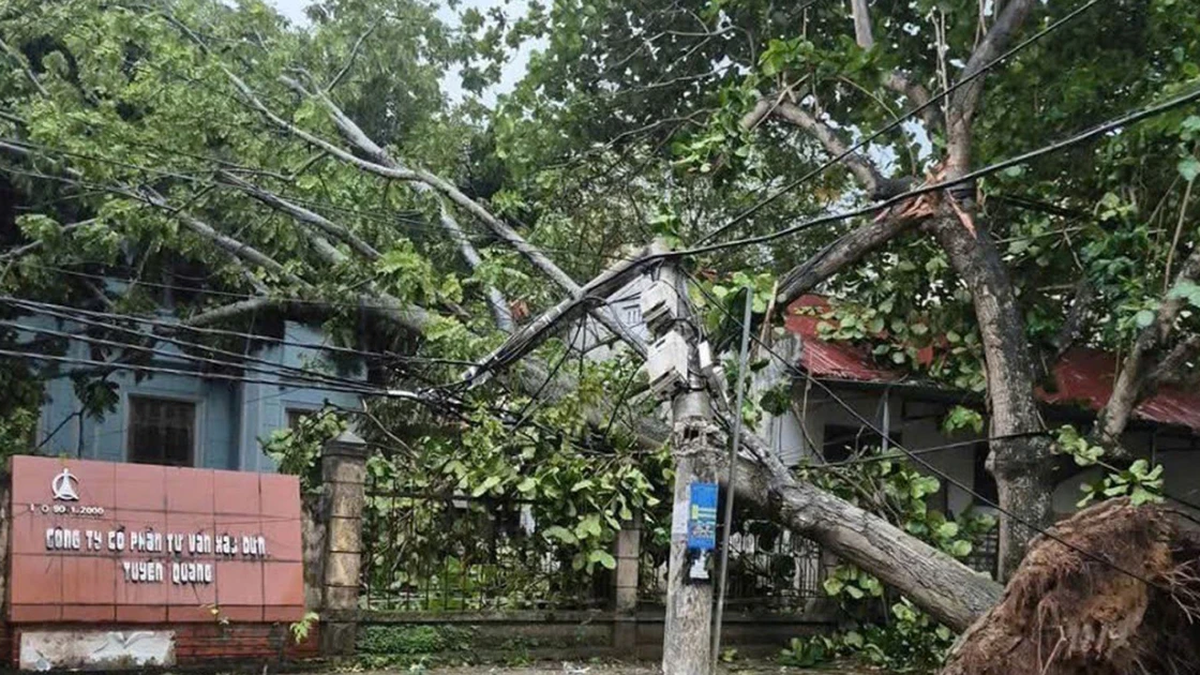



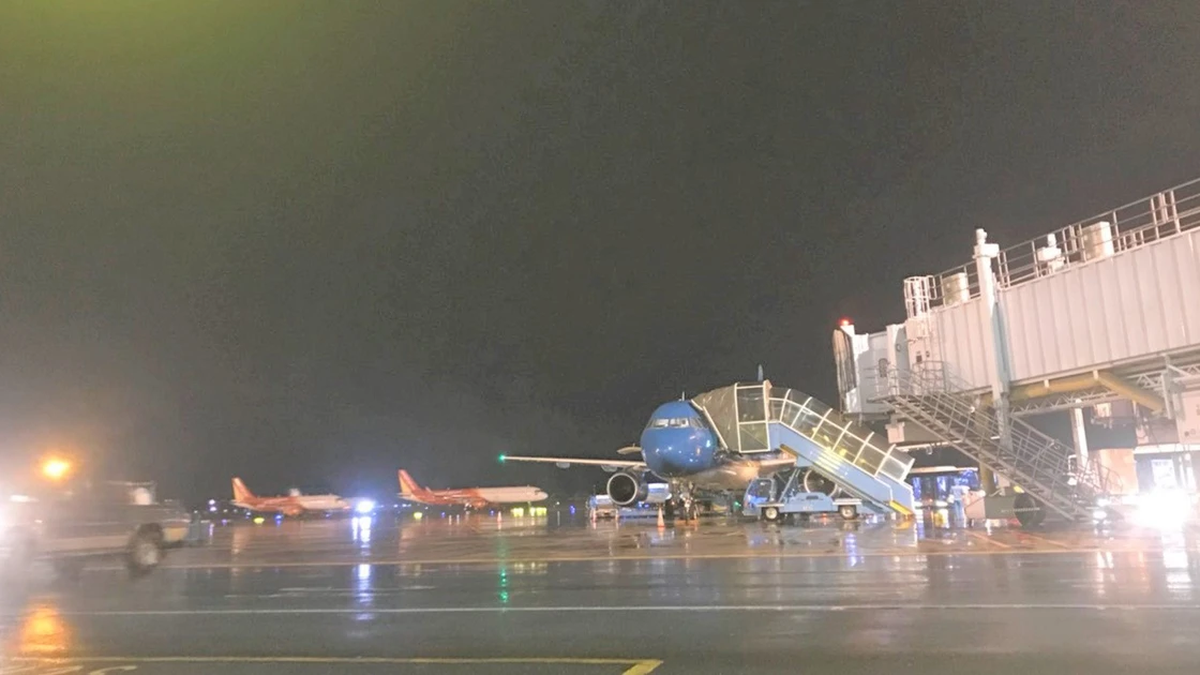























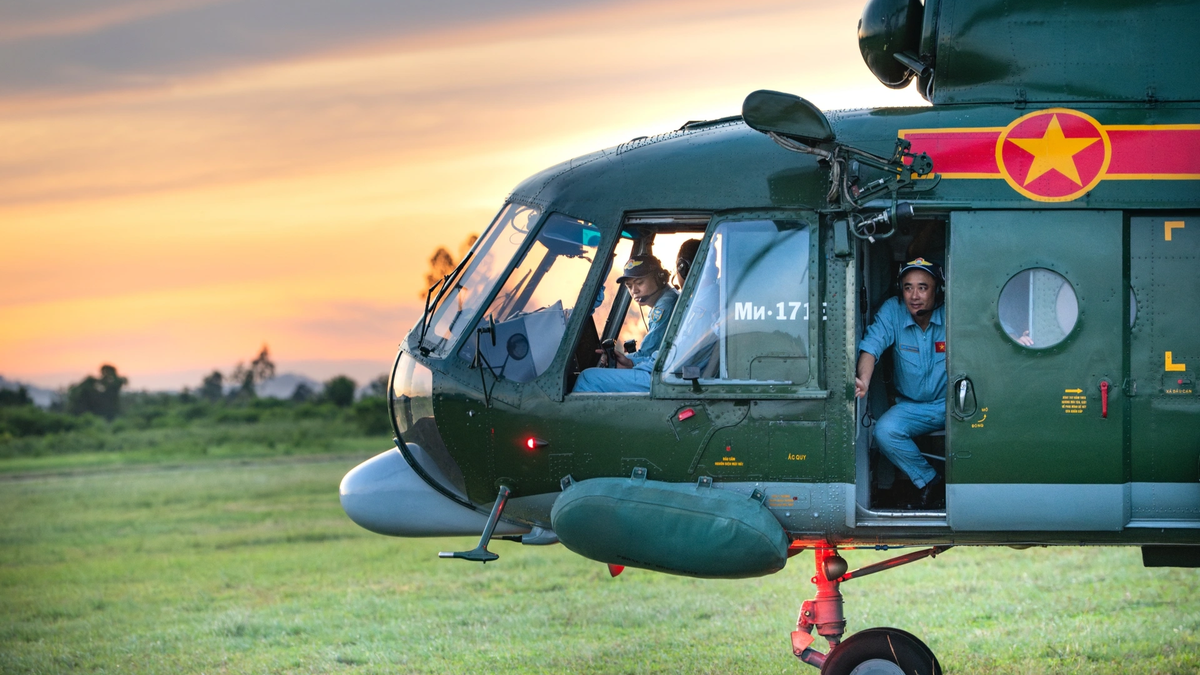






























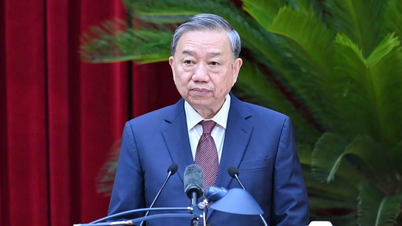
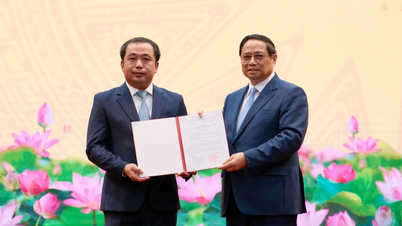







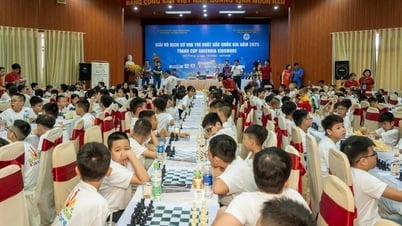


























Comment (0)